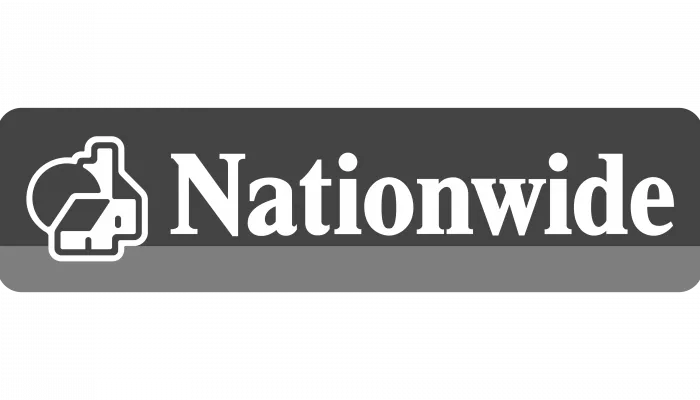As with many professions and industries, technical jargon can become difficult to understand. In the financial services sector, this is no exception! You will probably be aware of Fixed Rate, Standard Variable Rate, Capped, Tracker and various other definitions for the interest rate you are required to pay on your home loan.
But how are these rates set and why?
There are largely two main factors that drive interest rates in the UK mortgage market. They are The Bank of England’s Base Rate and LIBOR (The London Inter-bank Offered Rate). The Bank of England’s Base Rate is the official bank rate for the UK. It is the interest rate that the Bank of England charges banks for secured overnight lending. Banks will then add a profit margin to this when lending to their customers.
For example, a bank might offer a loan to a customer on variable terms linked to the Base Rate. This might, for example, be 2.5% over the base, etc. Lenders also offer loans linked to LIBOR on a similar basis.
Alternatively, lenders may offer special ‘introductory’ rates to bring customers in. These are usually known as fixed, capped or discounted rates and they are usually significantly lower than their Standard Variable Rate (SVR) which is a rate the lender will set itself, usually based on the Bank of England’s Base Rate.
The UK Government’s monetary policy is implemented by the Governor of the Bank of England, who is tasked with controlling various financial indicators, such as the rate of inflation, by setting an appropriate Bank of England Base Lending Rate. In other words, he controls the money supply in circulation by setting the base price of borrowing money.
You can, therefore, see that the Bank of England’s Base Rate is very important to borrowers and savers alike as it effectively sets the rates that banks subsequently offer savers or charge borrowers.
At the moment, the Bank of England’s Base Rate is at a historic all-time low. In simple terms, this means that a borrower can borrow more money for a lower monthly repayment. But given the prevalence of discounted offers in the mortgage market, offering loans at very low rates for say 2 or 3 years, it’s critical that borrowers make sure they periodically speak with their mortgage broker to make sure that their mortgage remains good value.
Recent posts
Buying in the New Year
Today

If buying your first property, or moving home, is on your to-do list this year, the new year can be a great time to take this big step. In this short blog, we look at what you need to consider as you plan and prepare for your home-buying journey.
Best UK Mortgage Rates this Week
11 days ago

Here are the lowest fixed mortgage rates of the week, available to first-time buyers, home movers, buy-to-let, and those remortgaging.
Call us for more information: 01628 507477 or email: team@mortgagerequired.com.

Just because the Bank of England decides to reduce the base rate, this doesn't automatically mean that your mortgage rate will go down.
Autumn Budget 2025: A Summary
26 Nov 2025

Chancellor, Rachel Reeves, has delivered the Autumn 2025 budget. We have summarised the government's plans for tax and spending.
Renters' Rights Act
14 Nov 2025

The Renter’s Rights Bill became law at the end of October, which means it has been signed off by the King, and it is now the Renters’ Rights Act. Despite this becoming law, these changes are likely to start changing within the next six months, with the aim of being fully implemented throughout 2026 and into 2027.

A welcome change in school is coming as financial literacy is due to become compulsory in schools in England.
The Government has announced that as part of the new national curriculum, children in primary and secondary education will be required to learn about budgeting, compound interest, managing money, and mortgages.
The top 10 most beautiful villages in the world
24 Oct 2025

Forbes has published a global ranking of stunning locations and one popular picturesque corner of the UK has nabbed top spot.

Over three years after the Mini-Budget took place, we look at what the mortgage market looks like now, showing the difference in mortgage repayments.


















